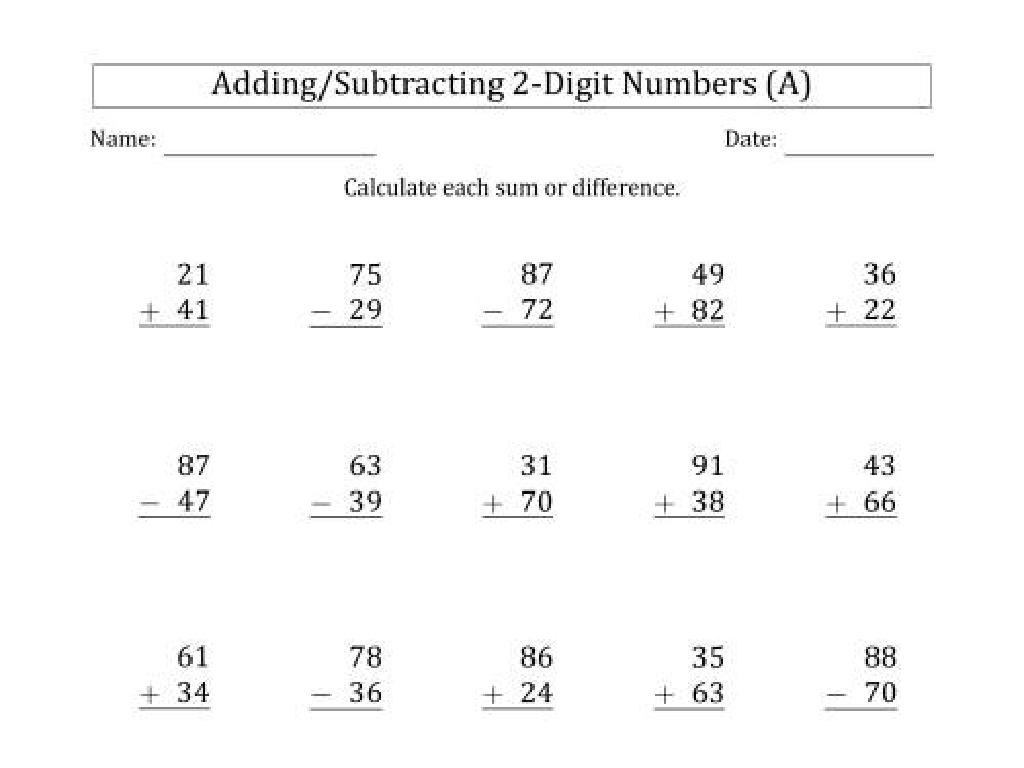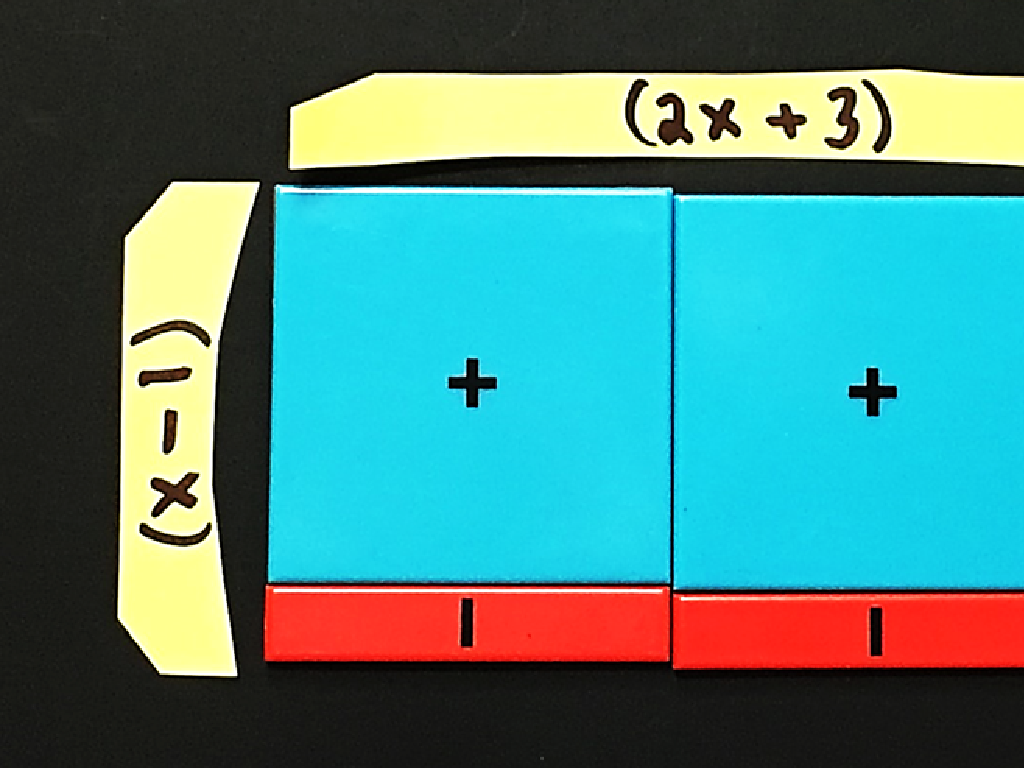Lego Robotics
Subject: Science
Grade: High school
Topic: Electrical Engineering
Please LOG IN to download the presentation. Access is available to registered users only.
View More Content
Introduction to Lego Robotics
– Explore Lego Robotics world
– Discover how Lego bricks build robots
– Linking Lego with Electrical Eng.
– Learn how electrical engineering principles apply to Lego Robotics
– Lesson objectives overview
– Engaging with hands-on activities
– We’ll build and program a simple robot
|
This slide introduces students to the exciting world of Lego Robotics, an educational tool that combines traditional Lego building with the principles of electrical engineering. Students will explore how these small plastic bricks can be transformed into complex robotic systems. The lesson will cover the basics of how electrical engineering concepts like circuits and programming are integral to creating functional Lego robots. The objectives for today’s lesson include understanding the key components of Lego Robotics, the role of electrical engineering in robotics, and preparing for hands-on activities where students will build and program their own simple Lego robots. Encourage students to think creatively and be ready to engage with the building process.
Electrical Engineering in Robotics
– Define Electrical Engineering
– A field focused on electric power, electronics, and electromagnetism.
– Engineers’ role in robotics
– They design the electrical systems for robots.
– Real-world robotics applications
– Automated manufacturing, medical devices, and home automation.
– Impact on technology advancement
|
This slide introduces students to the field of Electrical Engineering and its significance in the development of robotics. Electrical Engineering is a broad discipline that encompasses the study and application of electricity, electronics, and electromagnetism. Electrical engineers play a crucial role in designing and building the electrical components and circuitry that power robots. Real-world applications include automated manufacturing lines, medical diagnostic and surgical devices, and smart home technologies. Discuss how advancements in this field continue to push the boundaries of what’s possible in robotics and technology as a whole.
Exploring the Basics of Lego Robotics
– Components of Lego Robotics Kits
– Includes motors, sensors, programmable bricks, and building elements.
– Engineering Principles via Lego
– Concepts like gear ratios, energy, and programming are introduced.
– Design & Build in Robotics
– Critical thinking in design and mechanical construction is emphasized.
– Hands-on Learning Experience
|
This slide introduces students to the fundamental aspects of Lego Robotics within the context of electrical engineering. The components of the kits are the building blocks that allow students to create functional robots. Through these kits, students are exposed to core engineering principles in a tangible and interactive way. The design and build process is crucial, as it fosters problem-solving skills and creativity. This hands-on approach to learning not only solidifies theoretical knowledge but also prepares students for practical applications in their future engineering endeavors. Encourage students to think about how each component works together and the iterative process of design, build, test, and improve.
Building Your First Lego Robot
– Identify necessary parts and tools
– Bricks, motors, sensors, controller, and software
– Follow the assembly guide
– Step 1: Start with the base. Step 2: Add wheels and motors.
– Learn programming basics
– Use software to input commands for the robot
– Make your robot move
– Test and troubleshoot movement functions
|
This slide is aimed at guiding students through the process of building a simple Lego robot. Start by identifying all the necessary parts such as bricks, motors, and sensors, as well as the tools needed for assembly. Provide a clear, step-by-step guide for assembling the robot, beginning with the base and progressing to more complex components like wheels and motors. Introduce the basics of programming, using the appropriate software to input commands that will bring the robot to life. Finally, encourage students to test their robot’s movement and troubleshoot any issues that arise. This hands-on experience is crucial for understanding the fundamentals of robotics in the field of electrical engineering.
Programming Lego Robots: Navigating a Maze
– Intro to Lego Robotics Software
– Explore the interface and features of the software used to program Lego robots.
– Understanding Loops, Conditions, Variables
– Learn how loops repeat actions, conditions make decisions, and variables store data.
– Writing Your First Robot Program
– Step-by-step guide to create a program that directs the robot through a maze.
– Maze Navigation Challenge
– Apply programming concepts to make the robot autonomously navigate a simple maze.
|
This slide introduces students to the exciting world of Lego robotics within the context of electrical engineering. Begin with an overview of the Lego Robotics Software, highlighting its purpose and capabilities. Then, delve into basic programming concepts such as loops, conditions, and variables, which are essential for controlling the robot’s behavior. Guide students through writing their first program, with the goal of making the robot navigate a simple maze. This practical application reinforces their understanding of programming concepts and provides a hands-on experience in robotics. Encourage students to experiment with different programming strategies to successfully complete the maze challenge.
Advanced Robotics: Sensors in Lego Robotics
– Understanding sensors in robotics
– Sensors act as a robot’s senses, allowing interaction with the environment.
– Integrating sensors with Lego robots
– Learn how to connect and program sensors for Lego robots.
– Tasks enhanced by sensors
– Navigation, obstacle avoidance, and object recognition are some tasks.
– Real-world sensor applications
– Explore how sensors are used in industries like automotive and manufacturing.
|
This slide introduces students to the advanced concept of using sensors in robotics, particularly within the context of Lego robotics. Sensors are crucial as they provide robots with data about their surroundings, which is essential for interaction and task execution. Students will learn about the different types of sensors and their functions. The slide will guide them through the process of integrating sensors with Lego robots, including hands-on programming. Examples of sensor-based tasks will illustrate how robots can navigate, avoid obstacles, and recognize objects. Discuss real-world applications to help students understand the relevance of what they’re learning, such as how sensors are used in self-driving cars and automated manufacturing lines. Encourage students to think creatively about how sensors can be applied in various scenarios.
Career Paths in Electrical Engineering and Robotics
– Explore careers in engineering
– Electrical engineers design, test, and supervise electrical equipment production.
– Educational paths and skills
– Degrees in engineering, physics, and math; skills in problem-solving and creativity.
– Lego Robotics as a career starter
– Engaging with Lego Robotics provides practical experience in design and programming.
– Benefits of early robotics experience
– Hands-on projects with Lego can spark interest and develop engineering skills early.
|
This slide aims to inform students about the diverse career opportunities in electrical engineering and robotics. It emphasizes the importance of education and the specific skill sets required for success in these fields, such as problem-solving, creativity, and a strong foundation in mathematics and physics. Additionally, the slide highlights how hands-on experience with Lego Robotics can serve as an excellent starting point for students interested in engineering careers. By building and programming Lego robots, students can gain practical skills and a better understanding of engineering concepts. Encourage students to participate in related extracurricular activities, such as robotics clubs or competitions, to further their interest and skills in this area.
Class Activity: Build and Program Your Robot
– Form teams and distribute Lego kits
– Challenge: Build a task-specific robot
– Consider tasks like navigating a maze or moving objects
– Program your robot using provided software
– Use logical sequences and commands to control the robot
– Test your robot’s performance in class
– Observe and troubleshoot any issues during the test
|
This interactive class activity is designed to introduce students to the basics of Lego robotics within the context of electrical engineering. Students should be divided into small teams to foster collaboration. Each team will receive a Lego robotics kit and be tasked with constructing a robot that can perform a predetermined task, such as navigating a maze or moving objects. After building their robots, students will use the provided software to program their creations, applying logical reasoning and problem-solving skills. The final step is to test the robots in the classroom, which will help students understand the practical applications of their programming and the engineering design process. Possible activities for different teams could include obstacle avoidance, object transportation, or following a line. The teacher should circulate to provide guidance and ensure that each team is on track with their project.
Wrapping Up: Lego Robotics in the Real World
– Recap of today’s key points
– Real-world applications
– Robotics in manufacturing, healthcare, and space exploration
– Encourage curiosity and questions
– There are no silly questions, every curiosity is welcome!
– Interactive Q&A session
– Share thoughts and seek clarification
|
As we conclude today’s session on Lego robotics, it’s important to summarize the key concepts we’ve covered, including the basics of electrical engineering within robotics, programming, and the construction of Lego robots. Highlight how these skills are not just theoretical but are applied in various industries such as manufacturing, healthcare, and even space exploration, where robotics play a pivotal role. Encourage students to ask questions and express their curiosities, fostering an environment where interactive learning is valued. The Q&A session is crucial for ensuring understanding and sparking interest in further exploration of robotics and engineering.






